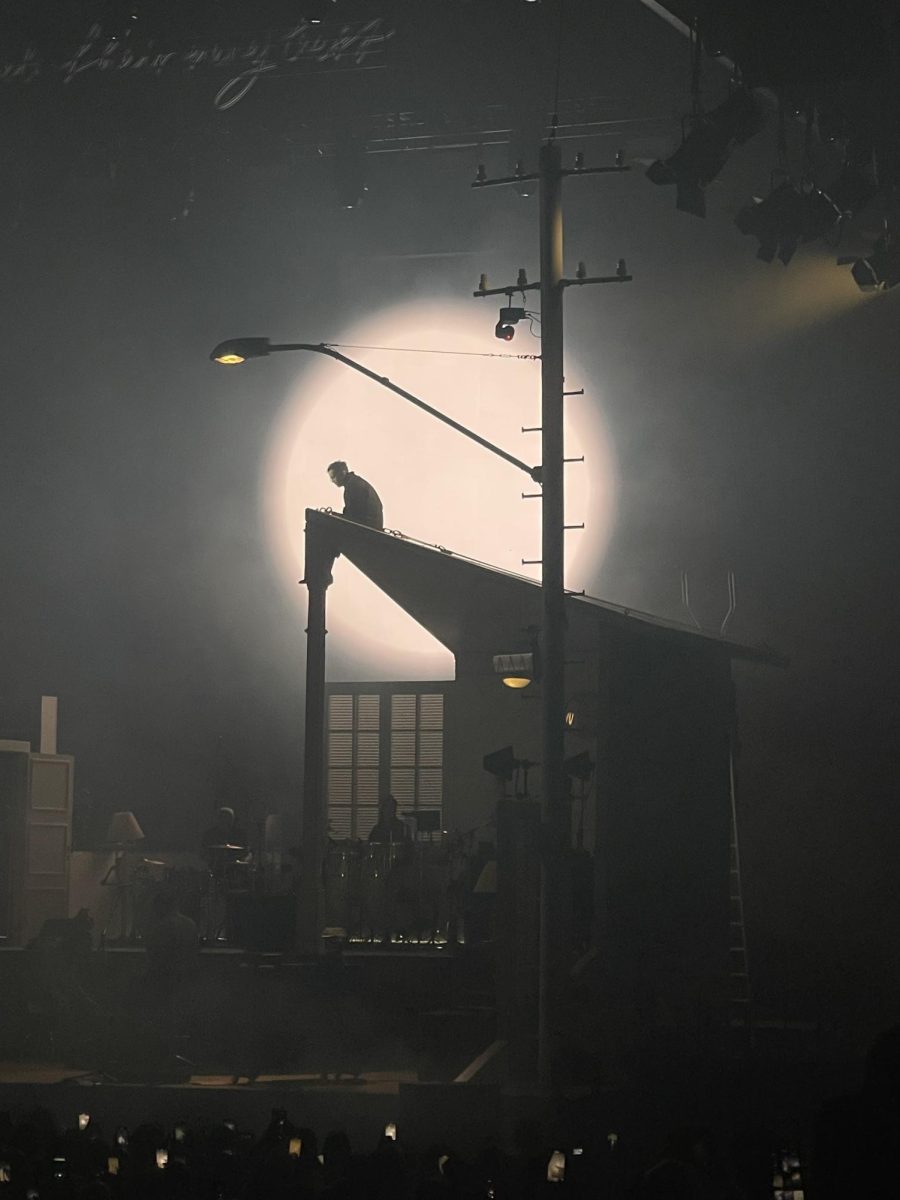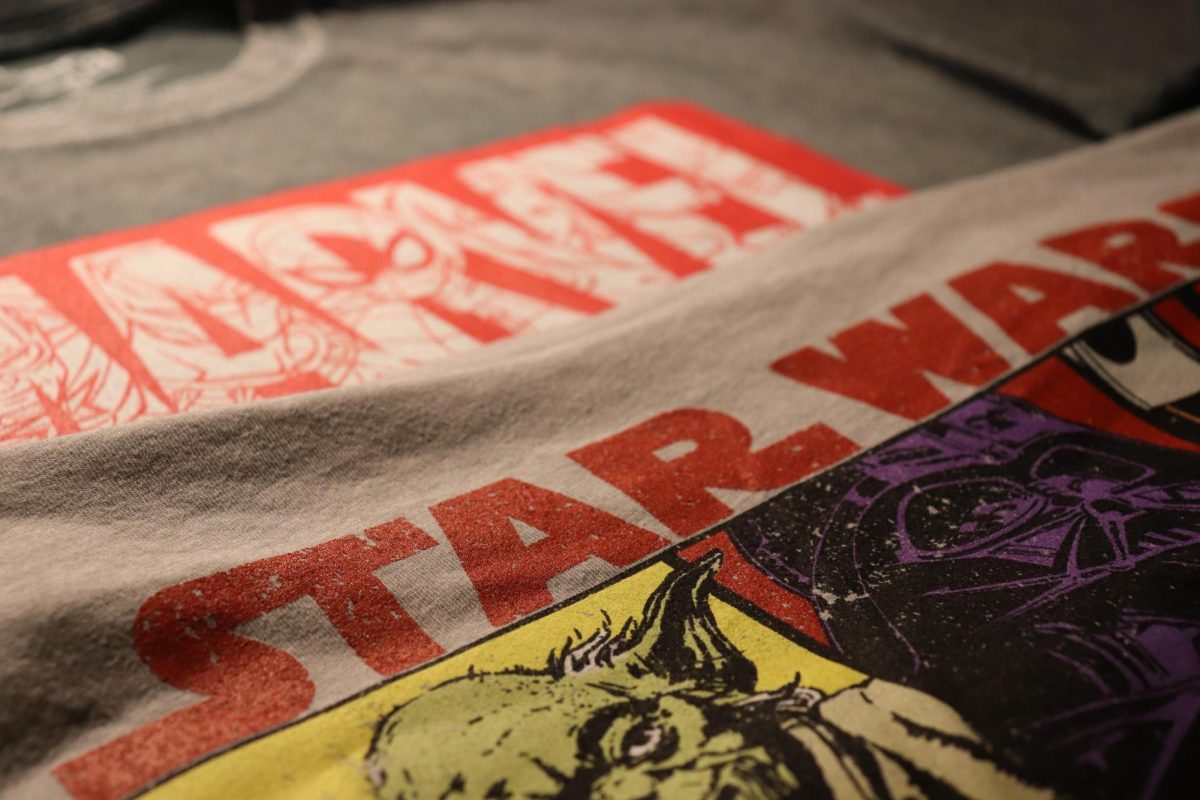Note: major spoilers for “Saltburn” in this article!
“Murder on the Dancefloor” by Sophie Ellis-Bextor has returned to its spot at number 2 on the official UK charts after two decades thanks to “Saltburn”: the type of film you need to discuss right after watching it because you’re still not sure if it really happened.
Now, this song appears in the final scene, which—I must admit to you at this moment—weakened the entire film for me. After the enchantment of Saltburn, the luxurious and excessive estate in the movie, I was thrown off by the film’s final “tying the loose ends” scene. Nevertheless, I enjoyed the visuals, the attention to detail, and director Emerald Fennel’s effort to create a 2006 period piece. But I’m not here to praise, I’m here to analyze the relationship between the two main characters from a mythological point of view.
“Saltburn” follows Oliver Quick, a new student at Oxford University who is having a difficult time socializing. He desires to befriend Felix Catton, played by Jacob Elordi, who is also a new student. They soon grow close. Oliver reveals to Felix that he just got notice his father died, and Felix invites him to his home over the summer, which resembles a palace more than anything: Saltburn. What ensues is a lurid summer at a luxurious estate, where lives are manipulated, exploited, and sometimes taken. Murder on the dance floor becomes pretty ironic.
During Oliver’s stay, he announces his birthday is coming up and Felix’s mother volunteers to throw him a birthday party. But what can one expect from a Saltburn party?
The theme of this extravagant birthday party, teeming with people, is Shakespeare’s beloved A Midsummer’s Night Dream. Each guest is in costume, with protagonist Oliver wearing deer antlers on his head and Felix wearing a pair of wings on his back.
At first glance, these choices are tame compared to Felix’s family wearing elaborate Shakespearean costumes. At the beginning of the movie, we see Felix shirtless and notice angel wing tattoos on his frontal ribs. His costume then seems relevant, or rather sticking to his aesthetic. But when we look closer, we can begin to see that Oliver and Felix’s costumes embody their fates.
A reveal earlier in the scene leaves the friendship between Oliver and Felix tense. Once inebriated, Oliver seeks to make amends with Felix and follows him when he leaves the party to the maze present on Saltburn’s grounds. This maze affirms the extreme wealth of the Catton family—wealth that can afford to splurge on something decadently pointless. This maze is beyond landscaping, a work of art.
It also alludes to the Greek myth of the labyrinth.
In the Greek myth, the maze is commissioned by King Minos and is created by architect Daedalus. Remember when I said Oliver and Felix’s costumes embody their fate? The son of Daedalus is Icarus, the boy who flew too close to the sun. In “Saltburn,” Felix evokes Icarus.
After Daedalus creates the Labyrinth, King Minos imprisons him in a tower on the island of Crete. He is banished for life. To escape, Daedalus makes two pairs of wings out of wax and feathers for himself and his son. He warns Icarus not to fly too close to the ocean or sun, to ensure the wings’ preservation. Icarus does not listen and flies too close to the sun, where his wings melt, and he falls to his death.
The birthday sequence clearly creates parallels between Felix and Icarus, suggesting that Felix is an Icarus-like figure in more than just superficial ways: naive, hubristic, tragic.
At the same time, the scene creates parallels between Oliver and another figure connected to the labyrinth: the Minotaur.
It is important to note here how the Minotaur came to be. It is half-bull and half-human. King Minos upset the Greek God Poseidon, and Poseidon then cursed Minos’ wife to fall in love with a bull. This child, the Minotaur, is a child of godly revenge. King Minos creates the Labyrinth to trap the Minotaur because he is ashamed of him.
When Oliver goes to find Felix in the birthday scene, Felix is in the middle of the maze leaning against a statue of a Minotaur. Oliver wears deer antlers, not bull horns, but in this moment he clearly evokes the Minotaur himself, once again suggesting qualities he has in common with the mythic beast: vengeful, monstrous, and ashamed of his own status as a lower order of being in comparison to the Catton family.
And yet, the allusions are more complicated than they seem, in part because of the difference between a maze and a labyrinth. One must escape a maze, but one must get to the center of the labyrinth to defeat the Minotaur. In the original myth, the labyrinth is inescapable until the hero of the story, Theseus, kills the Minotaur and uses Ariadne’s string to find an exit.
What’s interesting here is that Oliver, who seems to evoke the Minotaur, is the one moving toward the center of the labyrinth, and Felix, an Icarus figure, stands in the Minotaur’s place. If anything, this is a reversal of their supposed costumes or roles. Why does this matter? Well, let’s discuss Oliver as a character.
If anyone is hubristic in “Saltburn,” it’s Oliver: the boy who has godlike ambitions to capture Felix’s heart and control the entire Catton estate. He doesn’t ultimately share Icarus’s tragic fate, but he has clear weaknesses that are like those wax wings, and the thing he might be most hubristic about is his ability to control them.
The Minotaur symbolizes the areas of humanity one often hides: dark ambitions, animalistic desires, and deep fears. All of these exist in the Labyrinth, the maze of our subconscious. More than any other character in the film, Felix exposes these qualities of Oliver’s mind, revealing them back to him like a mirror. Although Oliver claims, at the end of the movie, that he was in control of his grand scheme the whole time, he is not in control of himself when he confronts Felix in the labyrinth: he is inebriated, off balance. When Oliver finds Felix in the Labyrinth, he has found not just the Minotaur of his subconscious, but the limits of his Icarus-like hubris. He expresses deep sorrow for upsetting Felix and their friendship.
But Oliver’s goal in this moment is to conquer the Minotaur. To conquer Felix. And therefore, to conquer the parts of himself that he can’t control—above all, his obsessive love for Felix.
The birthday scene involves death both literal and metaphorical. The last shot of Felix is his silhouette against the Minotaur’s statue. In the morning, his body is found in the maze. At the end of the film, we learn Oliver killed him by poisoning his drink. Oliver leaves the labyrinth, and the only way possible is that he must have killed the Minotaur—his Minotaur. Felix is Oliver’s main obstacle. From that point on, his destruction of the rest of the Catton family is systematic and easy.
Even so, the movie makes us question whether Oliver’s ambitions have been truly fulfilled. Yes, he succeeded, but at what cost? Did he fly too close to the sun?
Through these mythic allusions, I believe director Emerald Fennel is saying here that we can exploit people close to us through our love for them, which is a demonstration of God-like ambitions: to conquer a person through your connection. But these ambitions can’t be fulfilled without sacrificing our humanity.
I’m not sure I can rewatch “Saltburn.” But maybe that’s the point.







